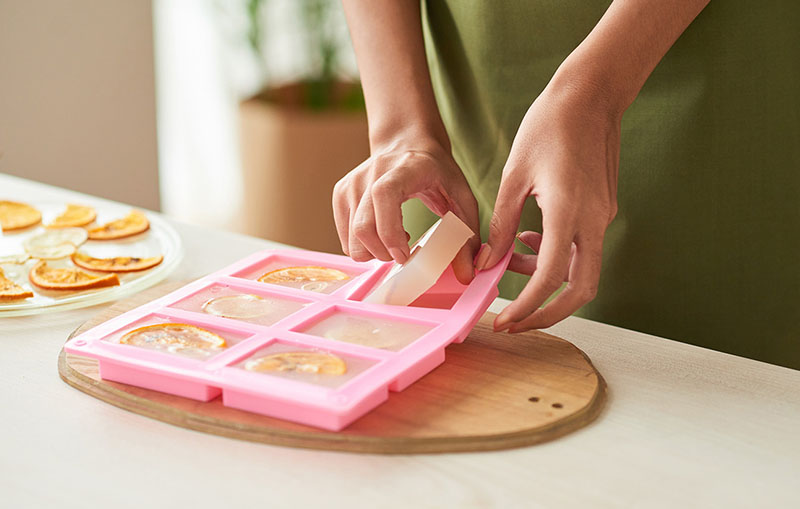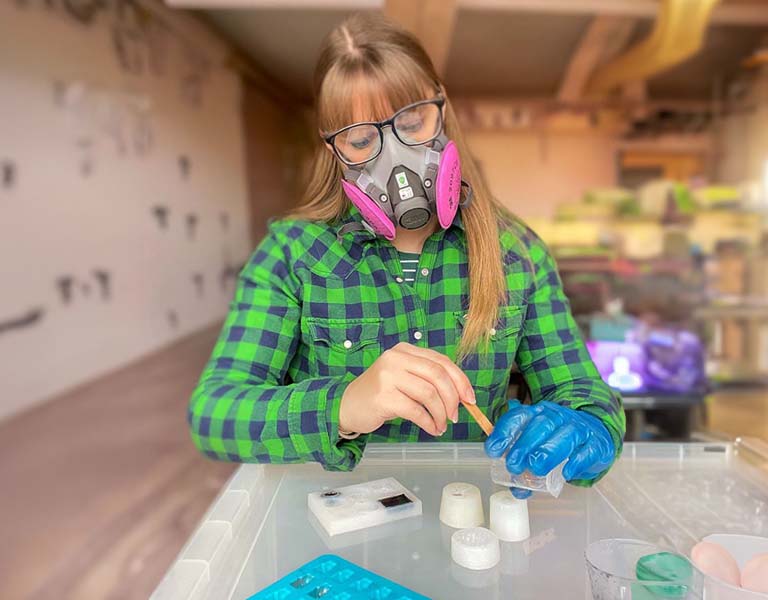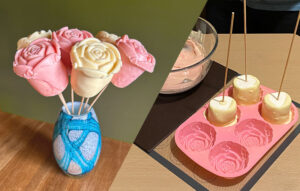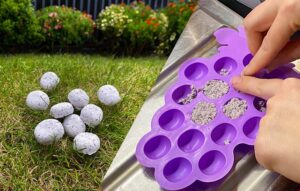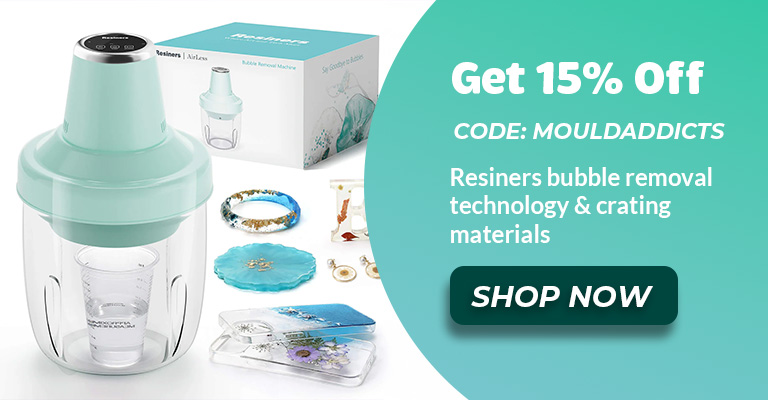Silicone baking molds have become increasingly popular in kitchens around the world. These versatile molds offer a convenient way to bake a wide variety of treats. However, using silicone molds in the oven requires some understanding of their proper usage. This will ensure successful results and will maximise their benefits.
Benefits of Silicone Baking Molds
One of the key advantages of silicone baking molds is their versatility. Whether you want to make cupcakes, muffins, or even intricate cake designs, there is a silicone mold available for every baking project. The non-stick properties of baking molds make them a favourite among bakers. With these molds, you can easily release your bakes without the need for greasing or flouring the mold.
Additionally, silicone molds are heat-resistant and durable. This means they can withstand the high temperatures of the oven without warping or melting. It’s important to also ensure that any silicone pieces you use are made from 100% food grade silicone rubber. Especially if making your own custom silicone mould.
Preparing Silicone Baking Molds for Oven Use
Before using silicone baking molds in the oven, make sure they are clean and dry. Any dirt or moisture can affect the quality of your bakes. While silicone molds are naturally non-stick, you can still opt to grease or spray them with non-stick cooking spray for added assurance. To maintain stability, place the silicone molds on a baking sheet before placing them in the oven.
Using Silicone Baking Molds in the Oven
Using silicone baking molds in the oven is a straightforward process. Begin by preheating your oven to the recommended temperature specified in your recipe. Once the oven is preheated, fill the silicone molds with your batter or mixture. Make sure not to overfill them.
It’s important to place silicone molds into the middle of the oven so heat is distributed evenly. Check the baking time and adjust if necessary based on the recipe instructions.
Tips for Successful Baking with Silicone Molds
To achieve the best results when baking with silicone molds, consider the following tips:
- Avoid overfilling the molds, as this can cause spills and uneven baking.
- Allow your bakes to cool before removing them from the molds.
- Gently flex or peel the silicone away from the edges to release your bakes.
- Clean the silicone baking molds thoroughly after use
- Store them properly to maintain their quality.
Safety Precautions and Limitations
While silicone baking molds are safe to use in the oven, it’s essential to remember a few safety precautions:
- Ensure that the temperature of your oven remains within the recommended range for silicone molds.
- Always use oven gloves or silicone grips when handling hot molds to prevent burns.
- Avoid using sharp utensils that could damage the silicone.
Alternative Uses for Silicone Molds
As well as baking, silicone molds have many uses. They can be used for crafting and DIY projects, as well as for freezing and making ice cubes. You can also get creative and use them to make desserts and treats to impress your friends.
Try out some silicone baking molds with your baking creations. Their versatility, non-stick properties, and heat resistance offer a convenient and reliable way to achieve professional results.
By following the proper guidelines and experimenting with new recipes you can enjoy the benefits of silicone baking molds. Take your baking to new heights. Grab some silicone baking molds, and let your creativity soar in the kitchen!
